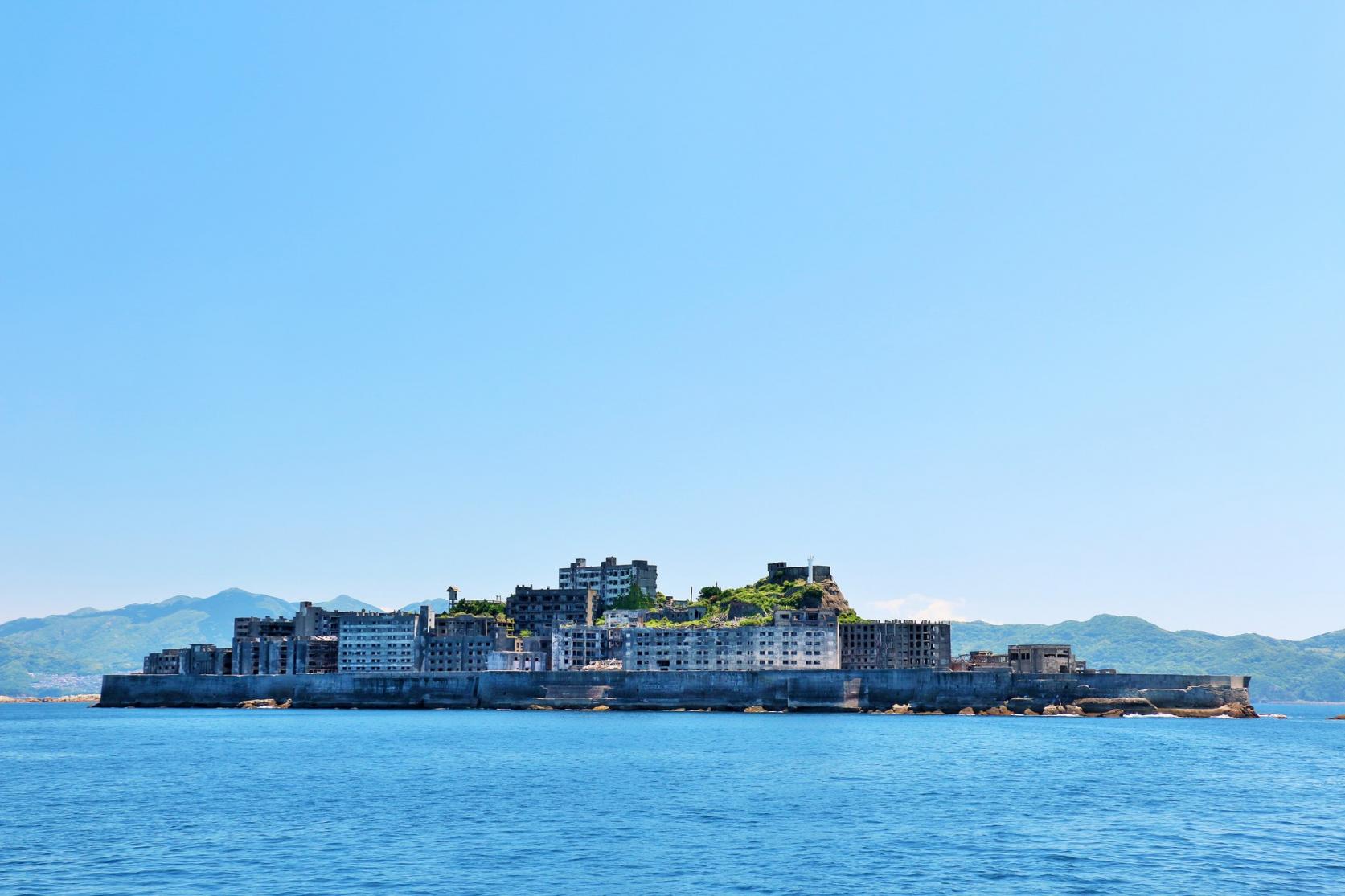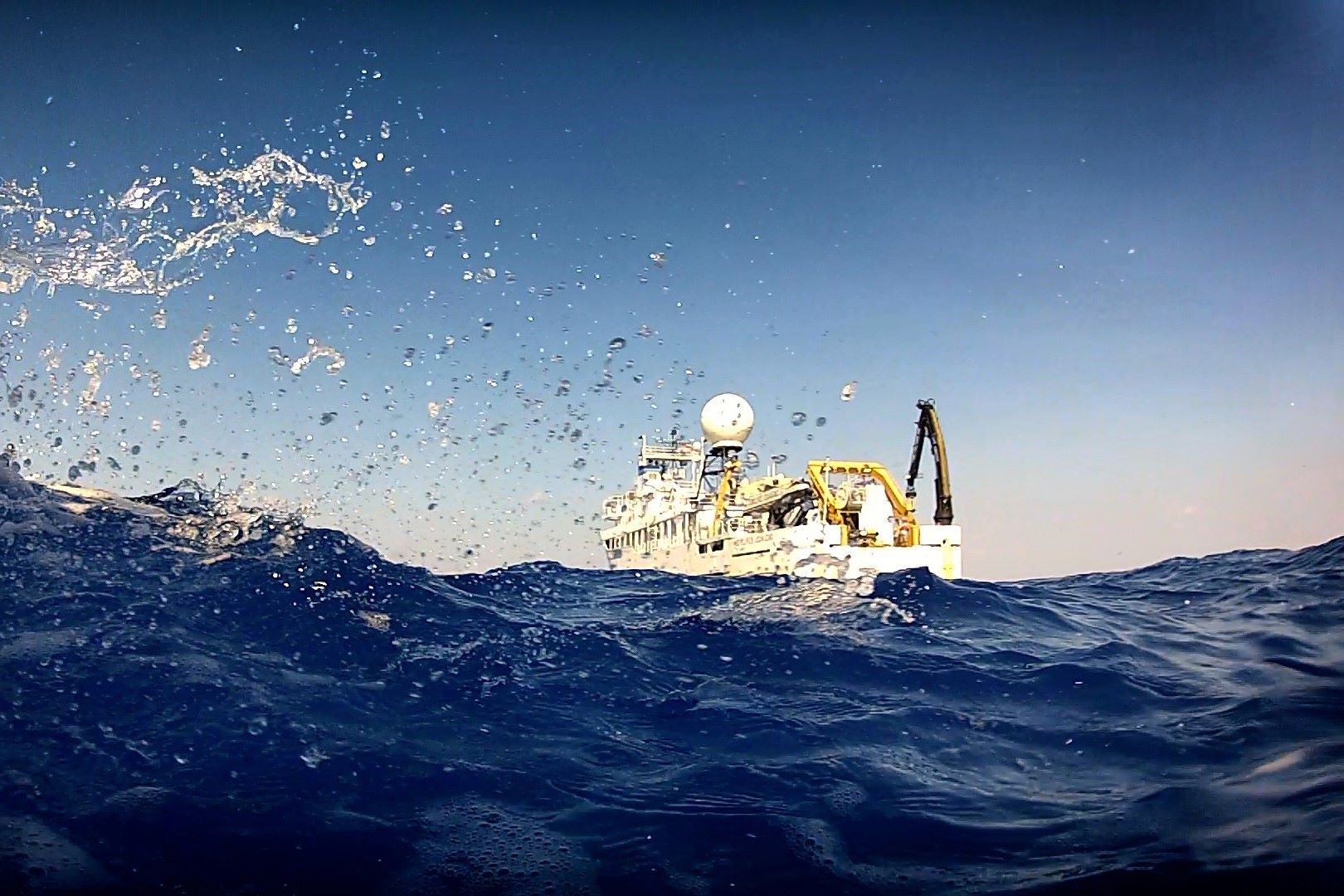
Hashima Island, also known as Battleship Island, is a tiny, abandoned island off the coast of Japan. Once a bustling coal mining facility, it now stands as a haunting reminder of its past. But why is this deserted place so fascinating? Hashima Island offers a unique glimpse into history, architecture, and human resilience. From its rapid rise to its sudden fall, the island's story is both intriguing and eerie. Imagine exploring crumbling buildings, deserted streets, and eerie silence where thousands once lived and worked. Ready to dive into 37 captivating facts about Hashima Island? Let's uncover the secrets of this mysterious place!
Key Takeaways:
- Hashima Island, also known as "Battleship Island," was once a thriving coal mining community in Japan. It's now a popular tourist spot, showcasing Japan's industrial past and the impact of urban decay.
- Despite its eerie beauty, Hashima Island serves as a reminder of the decline of coal mining in Japan, the impact of forced labor during wartime, and the environmental consequences of industrial activities.
Hashima Island: A Brief Overview
Hashima Island, also known as Gunkanjima or "Battleship Island," is a small, abandoned island off the coast of Nagasaki, Japan. Once a bustling coal mining facility, it now stands as a haunting reminder of Japan's industrial past. Here are some fascinating facts about this eerie yet captivating place.
Historical Significance
The history of Hashima Island is rich and complex, reflecting Japan's rapid industrialization and subsequent decline in coal mining.
- Coal Discovery: In 1810, coal was discovered on Hashima Island, marking the beginning of its transformation.
- Mitsubishi Purchase: Mitsubishi bought the island in 1890 to exploit its coal reserves.
- Population Boom: By 1959, the island's population peaked at over 5,000 residents.
- Industrial Hub: Hashima became a symbol of Japan's rapid industrialization during the Meiji era.
- Forced Labor: During World War II, Korean and Chinese laborers were forced to work under harsh conditions.
- Abandonment: The mine closed in 1974, leading to the island's abandonment.
Architectural Marvels
Despite its small size, Hashima Island boasts some impressive architectural feats, especially considering the era in which they were built.
- Concrete Jungle: The island was one of the first places in Japan to build large concrete structures.
- High-Rise Apartments: It featured Japan's first large-scale reinforced concrete building, completed in 1916.
- Self-Sufficient: The island had its own schools, hospitals, and shops, making it a self-sufficient community.
- Tight Living Quarters: Due to limited space, apartments were tiny, often housing entire families in one room.
- Rooftop Gardens: Some buildings had rooftop gardens to provide a bit of greenery in the concrete landscape.
- Sea Walls: Massive sea walls were constructed to protect the island from typhoons and high waves.
Cultural Impact
Hashima Island has left a lasting impression on popular culture, inspiring various forms of media and art.
- James Bond: The island served as inspiration for the villain's lair in the 2012 James Bond film "Skyfall."
- Documentaries: Numerous documentaries have been made about the island, highlighting its eerie beauty.
- Video Games: Hashima has appeared in several video games, including "Call of Duty: Black Ops II."
- Anime Influence: The island has influenced various anime series, adding to its mystique.
- Photography: It has become a popular subject for urban exploration photographers.
- Music Videos: Some music videos have been shot on the island, utilizing its haunting backdrop.
Natural Environment
Despite its industrial past, Hashima Island has a unique natural environment that has evolved over the years.
- Marine Life: The waters around the island are rich in marine life, attracting divers.
- Bird Sanctuary: The island has become a sanctuary for various bird species.
- Vegetation: Over time, vegetation has started to reclaim parts of the island.
- Weathering: The buildings show significant weathering due to exposure to the elements.
- Coral Reefs: Nearby coral reefs add to the island's underwater allure.
- Typhoon Impact: The island is frequently battered by typhoons, contributing to its decay.
Tourism and Accessibility
While Hashima Island is abandoned, it has become a popular tourist destination, attracting visitors from around the world.
- Guided Tours: Tours to the island began in 2009, allowing visitors to explore its ruins.
- UNESCO Status: In 2015, Hashima was designated a UNESCO World Heritage site.
- Safety Measures: Strict safety measures are in place to protect tourists from the island's deteriorating structures.
- Limited Access: Only certain parts of the island are accessible to tourists.
- Virtual Tours: For those who can't visit in person, virtual tours are available online.
- Photography Restrictions: Some areas have restrictions on photography to preserve the site's integrity.
Modern-Day Relevance
Hashima Island continues to be relevant today, serving as a poignant reminder of various social, economic, and environmental issues.
- Industrial Decline: The island symbolizes the decline of coal mining in Japan.
- Urban Decay: It serves as a case study for urban decay and abandonment.
- Historical Lessons: The island offers lessons on the impacts of forced labor during wartime.
- Environmental Impact: Hashima highlights the environmental impact of industrial activities.
- Cultural Heritage: It stands as a testament to Japan's industrial heritage.
- Educational Value: Schools and universities use the island as a subject for various educational programs.
- Preservation Efforts: Ongoing efforts aim to preserve the island's history and structures for future generations.
The Final Word on Hashima Island
Hashima Island, also known as Battleship Island, offers a fascinating glimpse into a bygone era. From its rise as a bustling coal mining hub to its eerie abandonment, the island's history is both rich and haunting. The concrete jungle that once housed thousands now stands as a ghostly reminder of industrial progress and decline. Visiting Hashima provides a unique opportunity to witness the remnants of a once-thriving community. The island's inclusion in popular culture, like its appearance in the James Bond film "Skyfall," adds to its mystique. Whether you're a history buff, an urban explorer, or just curious, Hashima Island holds a treasure trove of stories waiting to be uncovered. So, next time you're in Japan, consider taking a trip to this intriguing island. You'll walk away with a deeper appreciation for the resilience and impermanence of human endeavors.
Frequently Asked Questions
Was this page helpful?
Our commitment to delivering trustworthy and engaging content is at the heart of what we do. Each fact on our site is contributed by real users like you, bringing a wealth of diverse insights and information. To ensure the highest standards of accuracy and reliability, our dedicated editors meticulously review each submission. This process guarantees that the facts we share are not only fascinating but also credible. Trust in our commitment to quality and authenticity as you explore and learn with us.


